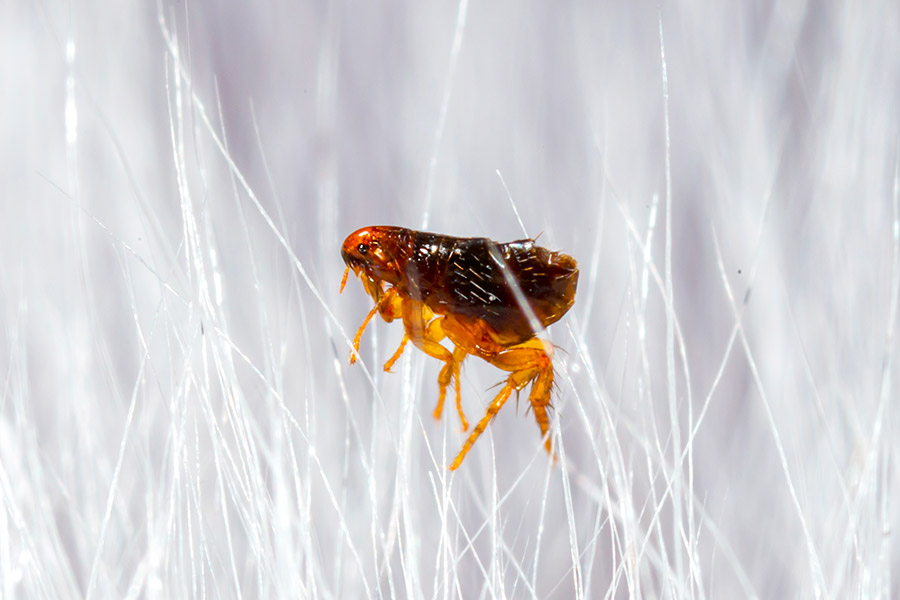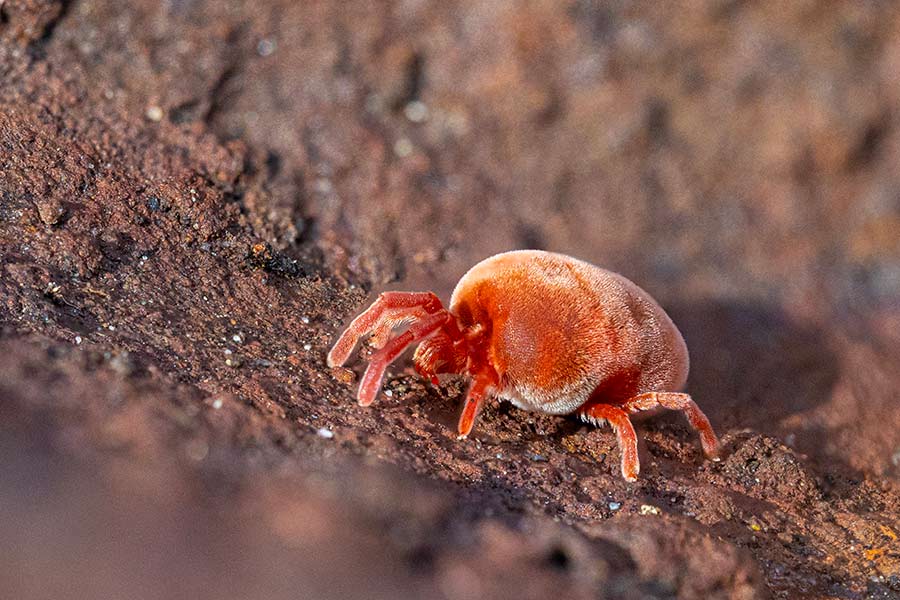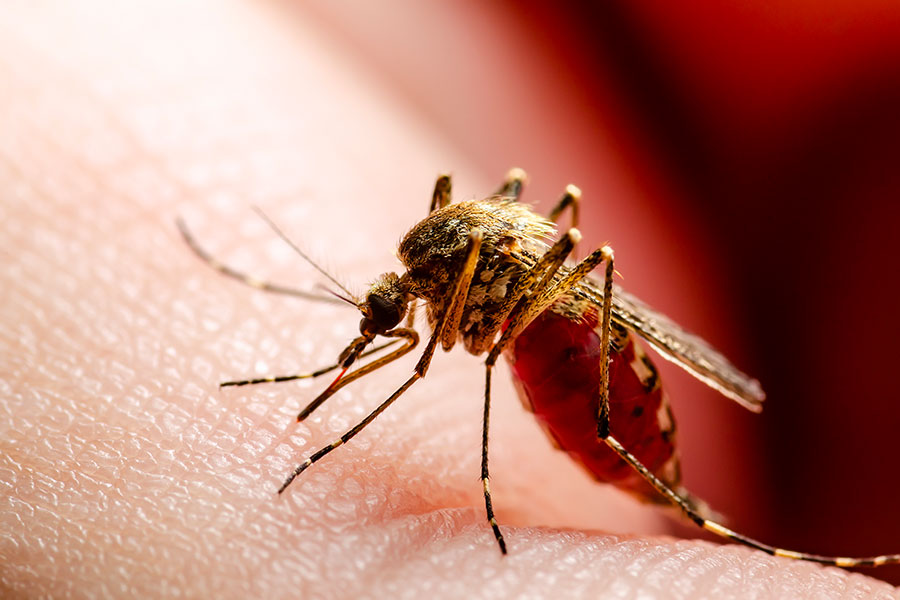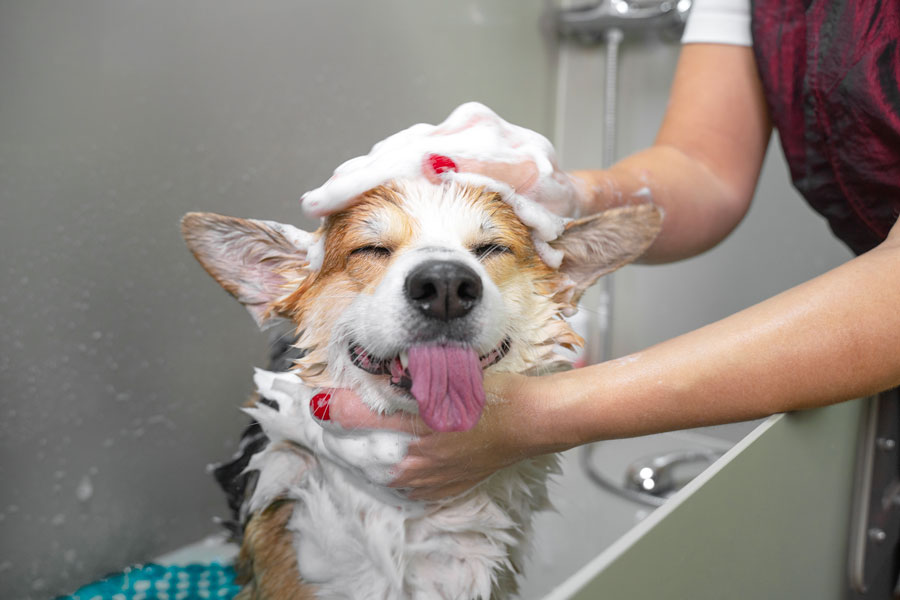
With autumn approaching, do we still need to protect our pets from parasites? Of course we do!
As summer winds down, our four-legged friends begin to spend less time outside, decreasing the likelihood of contracting infections or parasites. In fact, it is essential not to let our guard down when we think the danger has passed.
It is true that ticks, fleas, mosquitoes and insects prefer a warmer, summer climate, but we have to consider the effects of climate change: the rise in temperature and the increasingly scarce presence of intermediate seasons. In fact, every year we find warmer summers and milder winters, which help the proliferation of these parasites.
Not to mention the fact that our homes can be a very suitable environment for parasites to survive; especially when we have the heating on and raise the room temperature to one close to their ideal habitat.
The most common parasites
But what are the parasites we need to fear? Let’s see which are:
Fleas
The flea is a wingless insect, also called a haematophagous insect, which feeds on the blood of the animals it infests. Generally, fleas are already in the adult stage on their hosts (i.e. our pets), while eggs, larvae and pupae are found in the environment.
This is why it is important that, in the case of infestation, we treat both the animal and the environment in which they live, indoors and outdoors. We cannot forget that the places with the highest concentration of eggs are the places where dogs and cats spend most of their time, i.e. beds, carpets and the like.
Typically, these parasites prefer the warmer seasons, from spring to early autumn. However, as mentioned above, they can also pose a threat in the winter season.

Dogs, cats and parasites: fleas
Ticks
These parasites are arthropods and, like fleas, need blood from the host in order to survive and complete the reproductive cycle.
They find their natural habitat in grassy fields, bushes and forests, but they also adapt to domestic environments such as gardens, parks or farms, and can easily be transported to terraces and houses. And that is why ticks easily attack our four-legged friends.
In general, tick larvae and pupae are found in spring and autumn, and adult individuals in summer. But where environmental conditions are favourable (as in our homes), these parasites can survive all year round.
Has your dog picked up a tick? We have written a blog article specifically on this subject to explain how you should behave in these cases.
Mites
Mites belong to the arachnid family, and in fact, they look very much like a tiny spider, invisible to our eyes. These parasites are particularly dangerous for cats, where they tend to infest the ears, feeding on their skin and paving the way for infections or inflammations, such as cat otitis.
There are no special symptoms for ear mites, but pay attention if your kitten is constantly scratching its ears: it could be due to an attack of these parasites!

Dogs, cats and parasites: mites
Mosquitoes and sandflies
These are parasites we know well because they often target humans. In both cases, it is a species in which the females are haematophagous, and have to suck the blood of a host to mature their eggs.
As we know very well, mosquitoes tend to appear mainly in summer, but in recent years it has become less and less unusual for them to appear in the autumn months as well. They have a predilection for areas where there is water, especially if it is stagnant, i.e.: puddles, saucers, decks, etc.
Phlebotomine sandflies are smaller than mosquitoes and are distinguished by the noise they make when approaching their prey, which is why they get away with their attack. They are most active during the evening and night hours, and prefer damp, cool places (stables, chicken coops, cracks and cavities in walls).
Parasites of this type are dangerous for our dogs and cats, and not only because their bites cause redness, skin rashes and itching. In fact, they can carry serious diseases, such as heartworm disease and leishmaniasis.

Dogs, cats and parasites: mosquitoes
How to protect our pets
There are many products that can be applied to prevent an attack, or to combat the parasites of pets that live at home with us.
First and foremost, prevention starts with cleanliness, which is why it is essential to use insect repellent products when bathing our dogs and cats, especially at times of the year when attacks are more frequent.
The Yuup! Insect Repellent Kit is specially designed for these situations: it consists of tea tree oil and neem oil shampoo, detangling conditioner and tea tree oil and neem oil spray.

Dogs, cats and parasites: bath with insect repellent shampoo
There are also anti-parasitic products, which can be in the form of a collar (which we will have to put on the dog or cat for a period of time), or a pipette or “spot on” which is applied directly to the pet’s back. There are both specific products against fleas and ticks and other more generic products that also protect against mosquitoes and sandflies.

Dogs, cats and parasites: which products to use
Finally, it is very important not to forget that we have other “patients” to treat when we talk about parasites: the domestic environment. We have to take care of it, disinfect it and protect it as we do with our pets to prevent and defeat infestations.





